Introduction of Marble and Granite
Important Point
Someone busy planning the interior of their home, let me tell you research is very crucial, especially when considering the difference between granite and marble.
One of the difficult choices the owners have is choosing between Marble and Granite.
Both Marble and Granite, often referred to as granite marble, are natural materials and are often mistaken for each other.
There can be drastic variations in colour and pattern.
In both cases, a display sample you see in-store may not be an accurate representation of your actual purchase.
Let’s get on to discuss more about Marble and Granite.
What Is Marble And How Is It Made?
The word “Marble” is derived from the Ancient Greek mármaros, which means “crystalline rock, shining stone.” Marble is a granular metamorphic rock. It consists of a mass of interlocking grains of calcite or the mineral dolomite.
Marble is made as a result of limestone that is subject to extreme heat and pressure.
This combination of heat and pressure recrystallizes the calcite in limestone and can also affect the texture and colour of marble.
Ex– Taj Mahal in India is built of Makrana a white marble that changes hue with the angle of the light. The chemical composition of marble: It Consists mostly of Calcium carbonate (CaCo3) with minor amounts of Silica, magnesium carbonate, Silica, Iron oxide, Aluminium oxide, etc.
What Is Granite And How Is It Made?
When exploring the granite and marble difference, it’s essential to start with their origins.
The word “Granite” appeared for the first time in the works of the English botanists, physician, and philosopher Caesalpinus in the 16th century.
Granite is a hard igneous stone and is the most common intrusive rock in Earth’s continental crust.
It is familiar as a mottled pink, white, grey, and black ornamental stone. It is coarse to medium-grained.
Granite is made over millions of years by volcanic activity. Magma flows from volcanic activity and slowly cools over millions of years.
During the process, magma combines with various minerals, including hornblende, feldspar, mica, and quartz, to create its “crystal appearance“.
The elements are compressed by forces deep under the earth’s surface. Ex–Mt. Rushmore in South Dakota, USA, was craved from a mountain that was made of exposed granite.
The chemical composition of granite: It consists of the minerals quartz and feldspar, The most common accessory minerals are the black mica biotite and the black amphibole hornblende.
Now when you know the basic difference between marble vs granite, including their formation and composition.
There are several factors that you must consider related to looks and physical elements of both. So Let’s get more specific about comparing the different attributes of marble and granite.
Also, Read: Brick Masonry Calculator | Brick Masonry Calculator | Size of Bricks | Calculate Brick Work
Useful Article for You
- What Is Composite Wood
- What Is the Difference Between a Shower Pan and a Shower Base?
- What Is Raft
- What Is a Window Panel
- What Is Rebar Made Of
- What Is Crane
- What Is a Frame Structure
- What Is the Measurement for a Queen Size Bed
- What Is Considered Livable Space
- What Is One Way You Can Save Electricity?
- What Is Mdf Mean
- What Is a Bundle of Shingles
- What Is a Gallon of Water Weigh
- What Is Window Sash
- What Is a Sieve Analysis
- What Is the Little Black Diamond on a Tape Measure
- What Is the Difference Between a Bolt and a Screw?
- What Is Overhang
- What Is Sand Blasting
- What Is a Walk in Basement
- Explain How Oil Paint Is Made. What Is the Vehicle?
- What Is a Span Bridge
- What Is a Soil Stack
- What Is a Louvered Door
- What Is a Contour Interval
- What Is a Spread Footing
Marble Vs Granite
1. On the Basis of Appearance
The lines in marble are formed from mineral impurities, like silt and iron oxides.
The physical appearance of granite is very different from that of marble. Granite has a variety of speckled colours resulting from the melded stones within it namely, quartz, feldspar, biotite mica, and sometimes amphibole and comes in numerous shades and tones.
Granite is a stronger and harder stone than marble is, which lends it a shiny, glossy appearance compared to marble’s dull smoothness.
However, with certain polishing sealants, modern marble can be made to look much shinier.
Also, Read: How to Calculate Cutting Length of Stirrups in Beam and Column
2. On the Basis of Hardness and Durability
Both marble and granite countertops are quite durable, Granite and marble are porous, so without a seal, liquids will penetrate and stain.
When the seal fades and is not replaced, these stones can be easily marred by oil, wine, juice, and anything acidic.
Marble is especially vulnerable to acidic foods and liquids, so be very careful to keep them off the marble or to clean up immediately after contact.
Porosity matters, especially when talking about kitchen countertops because it will decide whether a material can withstand the elements in the kitchen.
And if the material was to be chosen on the basis of Porosity, then it would surely be Marble. It is compact and sturdy, also proving its Durability.
3. On the Basis of Cost
The Approximate marble vs granite price for both Granite and Marble ranges between 50Rs to 400Rs Per square feet.
But high-end marble tends to be more expensive than equivalent high-end granite.
The Price actually depends on the quality of the stone, the complexity of the job, also the style of the cutting of tiles, and the installation is not a do it yourself project, but it requires a professional for the installation.
4. On the Basis of Maintenance
To clean marble, use products specially intended to clean the material.
Granite is non-porous, although this doesn’t mean that granite is indestructible but requires you to be less cautious as compared to marble. You can clean the surface by using any warm soapy water, which will also keep its shine.
Also, Granite is scratch-resistant, which makes it easy to care while marble requires extra care.
Now when you know about the different attributes of Marble and Granite, you need to know about the applications of both
Where Are Apply Granite?
Granite’s durable nature, a key aspect when considering how is granite different from marble, makes it suitable for use in kitchen countertops and floors, while marble is appropriate with places with less usage like in bathrooms as spills there won’t make any effect to the material it is also used in cosmetics, paint for its optical properties.
Useful Article For You
- Types of Doors
- Parapet Wall
- Flight of Stairs
- Sheeps Foot Roller
- Moment Frame
- Edm Instrument
- Monolithic Slab
- Zero Force Members
- How Much Does a Yard of Concrete Weigh
- Live Load Vs Dead Load
- Cmu Wall Meaning
- Gradient Road
- Pile-Cap
- Bond Breaker
- Budget Sunroom Ideas
- What Is Gypsum Board
- Types of Vaulted Ceilings
- Concrete Cold Joint
- Well Points
- Abutment Bridge
- Finishing Plaster
- Spandrel Beam
- How Does Baking Soda Remove Blood from Carpet
- What Are Forms in Construction
- Dry Pack Mortar
- Wall Material
- How Heavy Is Dirt
- Tender Meaning in Architecture
- Dark Olive Green House
- Cast in Place Concrete
- Wood Supporting Beams
- Structural Settlement
Where Are Apply Marble?
Marble is commonly used for sculpture and as a building material, and Granite is used in buildings, bridges, or any other exterior project.
Conclusion of Granite Vs Marble
So now, understanding the marble vs granite difference, you know both of these come with pros and cons, from durability to purely aesthetic feel to financial implication it all depends on your need and usage. After reading about the various attributes of both and the comparison, you surely have a clear picture of the differences between Marble and Granite.
Also, Read: Hand Level Surveying | What Is Site Level | How to Use a Hand Level | Estimating Distance with a Sight Level
Granite Vs Marble
- Hardness and Durability: Granite is harder than marble, so it is more resistant to chips and scratches.
- Both marble and granite countertops are quite durable, but only if they are properly sealed every one or two years.
- Granite and marble are porous, so without a seal, liquids will penetrate and stain.
How Is Marble Made
- Marble is a metamorphic rock formed when limestone is exposed to high temperatures and pressures.
- Marble forms under such conditions because the calcite forming the limestone recrystallises forming a denser rock consisting of roughly equigranular calcite crystals.
Which Is More Expensive Granite or Marble
Granite is less expensive than marble, starting at roughly $75/square foot (Rs. 5514.27 / square foot) installed and $100 (Rs. 7352.37) more than that for higher-end stone.
Installed marble countertops start at around $100/square foot (Rs. 7352.37 / square foot) and can go over $200 (Rs. 14704.73).
Also, Read: Difference Between One Way Slab and Two Way Slab | What is Slab
Difference Between Marble and Granite
- Granite consists of mainly Feldspar, Quartz which are very hard minerals.
- Marble is classified as metamorphic stone because it is created by the transformation of another type of stone called sedimentary stone.
- Marble mainly consists of Calcium Carbonate which is much softer than the components of granite.
Where Are Apply Granite
- Granite is used in buildings, bridges, paving, monuments, and many other exterior projects.
- Indoors, polished granite slabs and tiles are used in countertops, tile floors, stair treads and many other design elements.
- Granite is a prestige material, used in projects to produce impressions of elegance and quality.
Like this post? Share it with your friends!
Suggested Read –
- Basics of Civil Engineering
- Dam Advantage and Disadvantage
- Top 10 Tiles Companies in India 2020
- Difference Between Ceramic and Vitrified Tiles
- What Is Plaster | Requirement of Good Plaster | Types of Plasters
- What Is Beam Bridge | Types of Beam Bridges | Beam Bridge Works | Advantages & Disadvantages of Beam Bridges
- What Is Hydraulic Cement | Hydraulic Cement Uses | How to Apply Hydraulic Cement | Advantages & Disadvantages of Hydraulic Cement
- What Is Rock Cycle | Types of Rocks | Processes in the Rock Cycle | What Are the Steps of the Rock Cycle | Uses of Rocks in the Construction
- What is Waffle Slab| Waffle Slab Details | Advantages & Disadvantages Waffle Slab | Waffle Slab Design | Construction of Waffle Slab
Originally posted 2023-09-09 14:30:06.
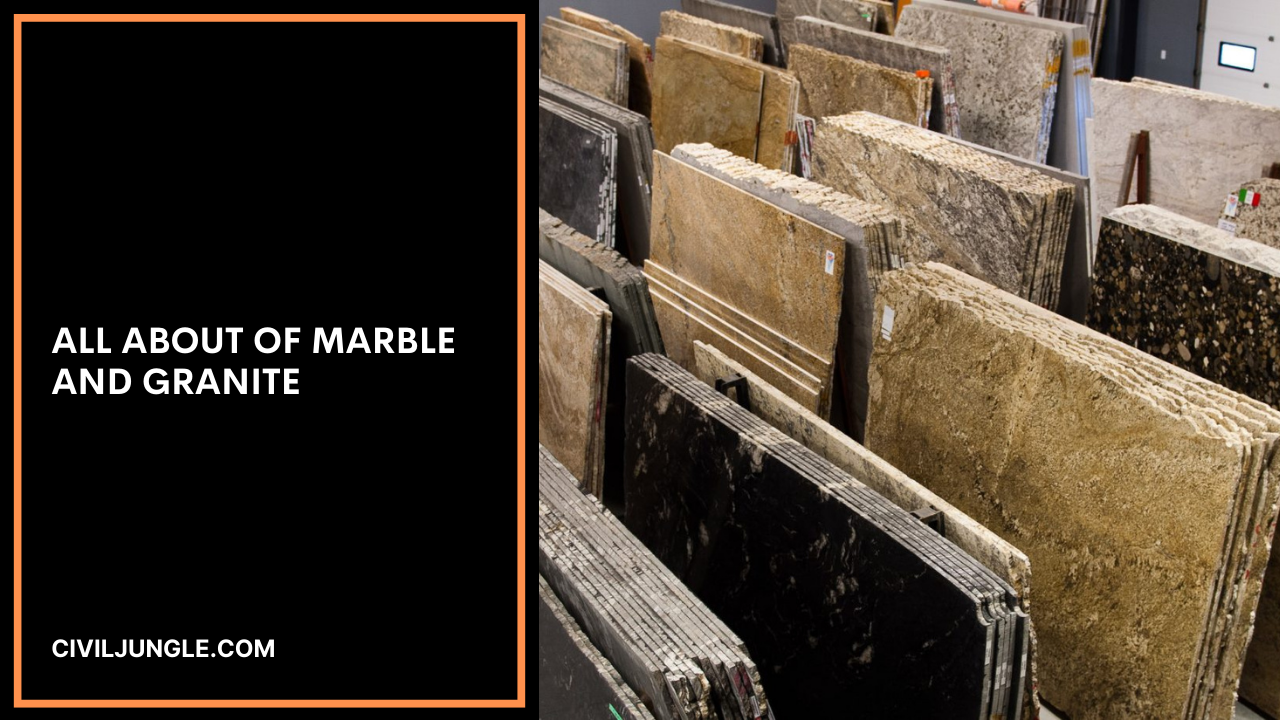
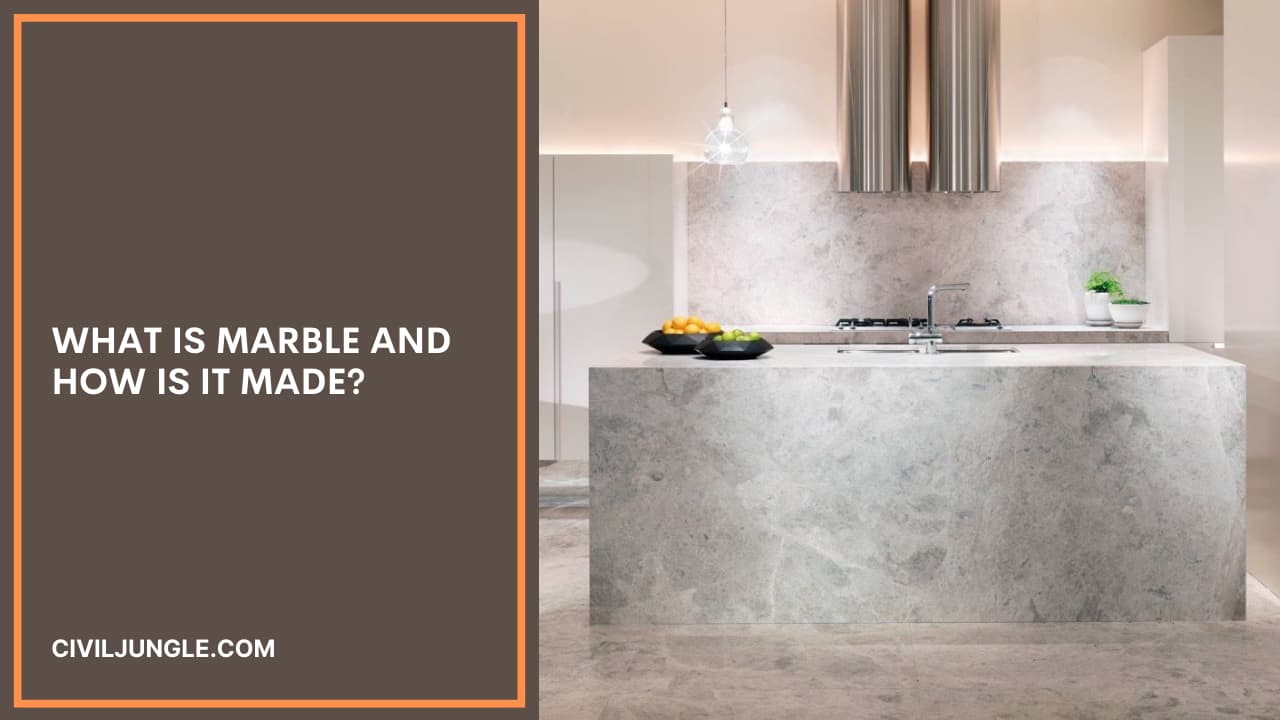
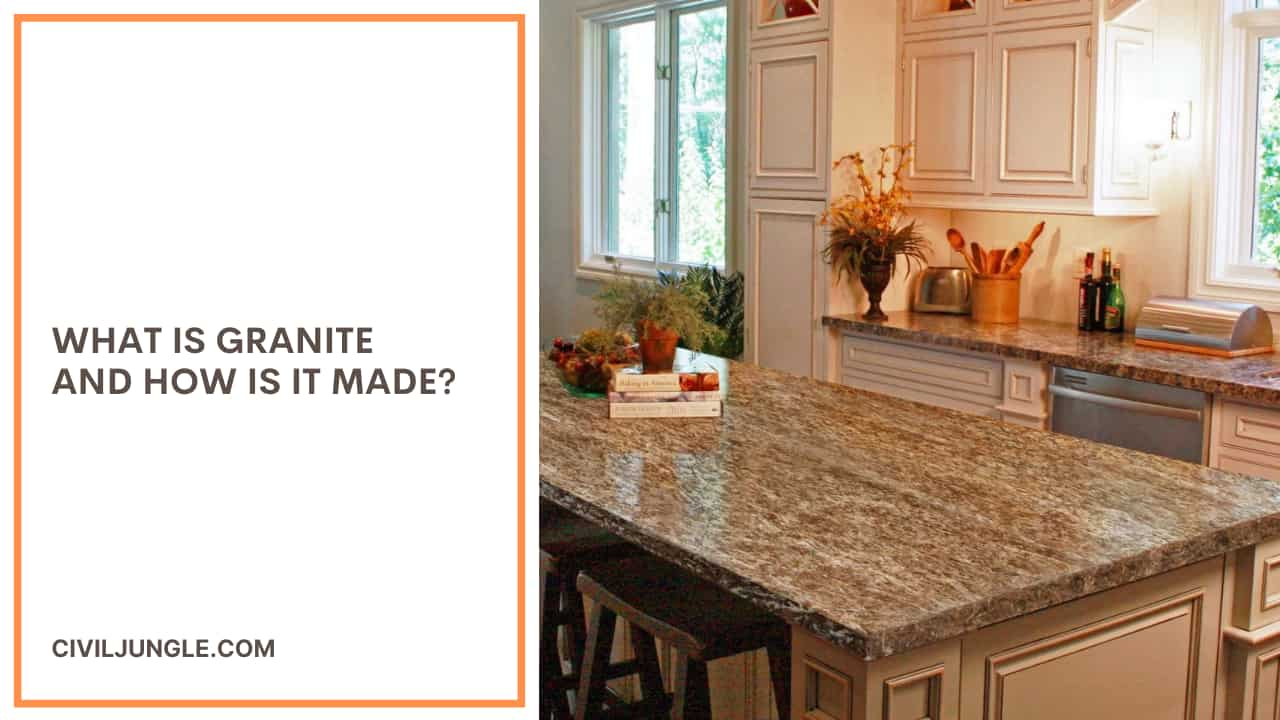
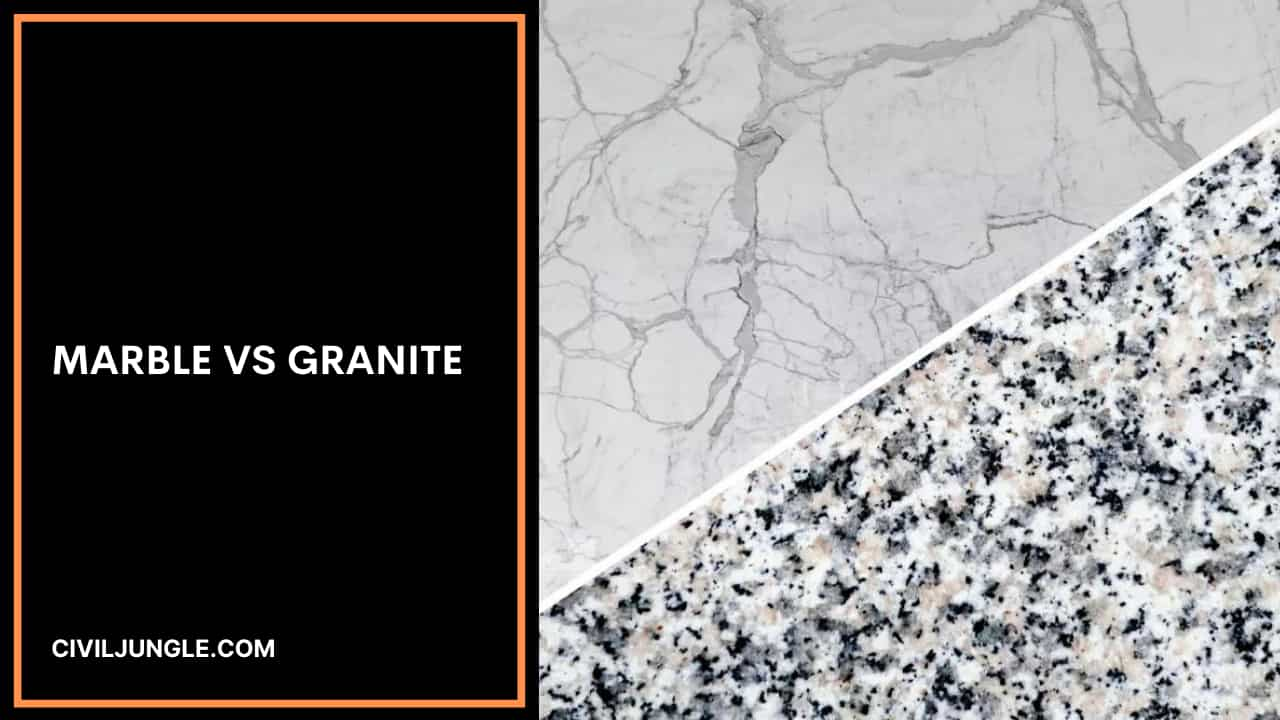
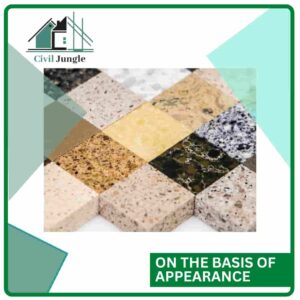
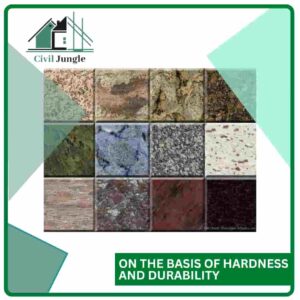
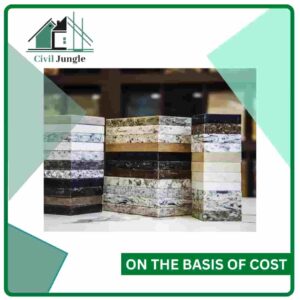
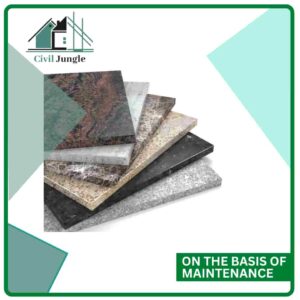
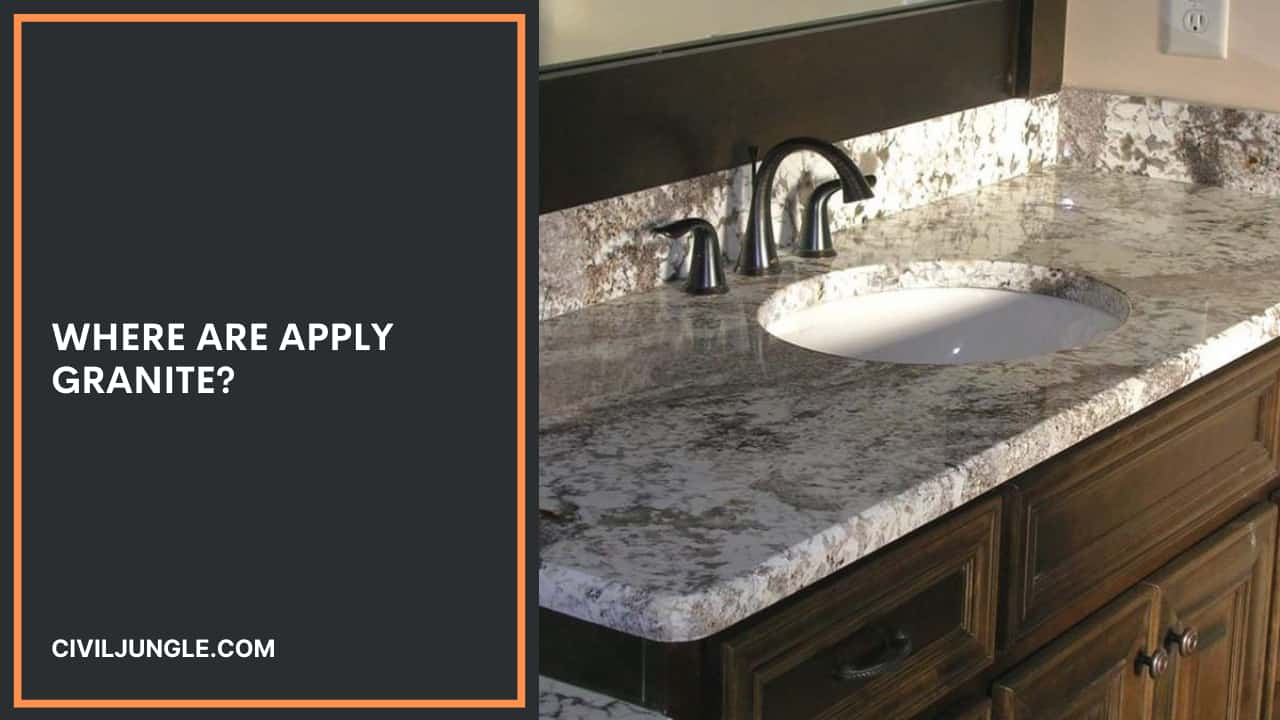
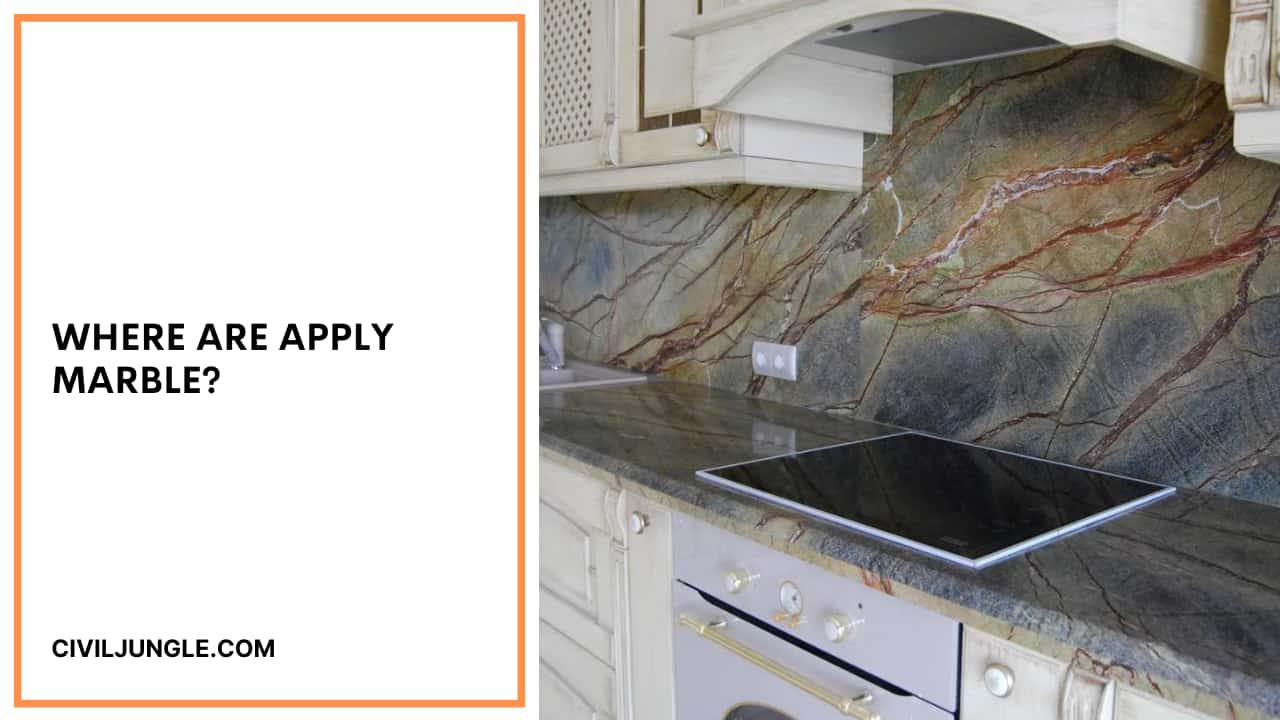

Leave a Reply